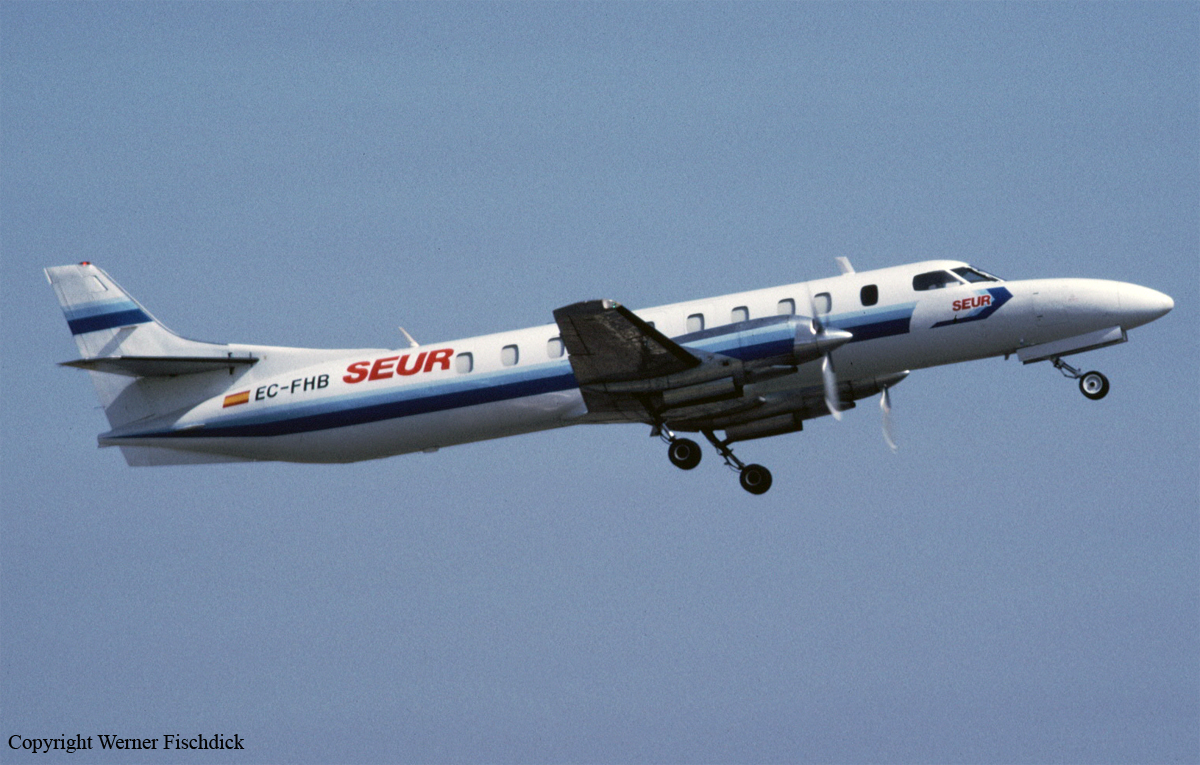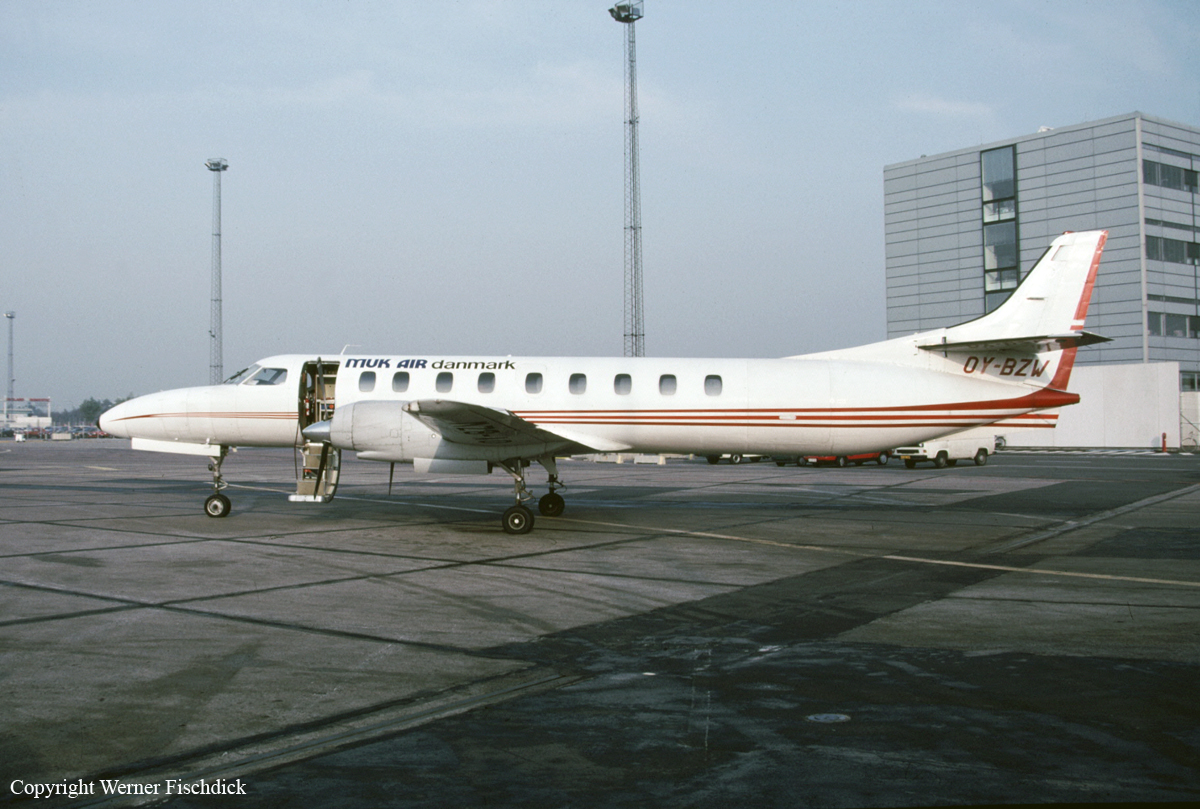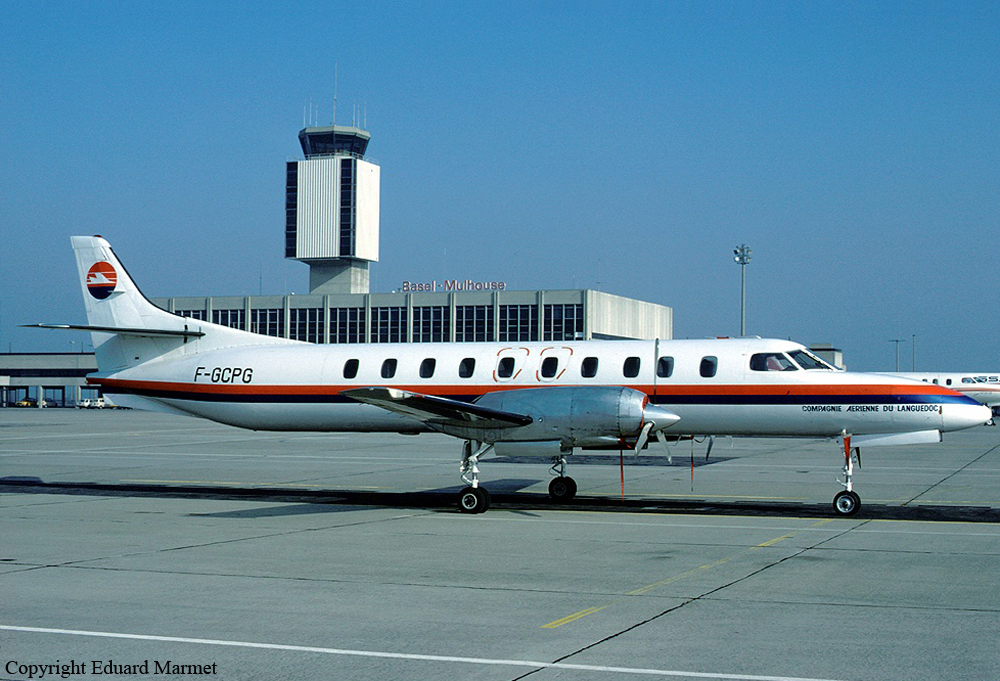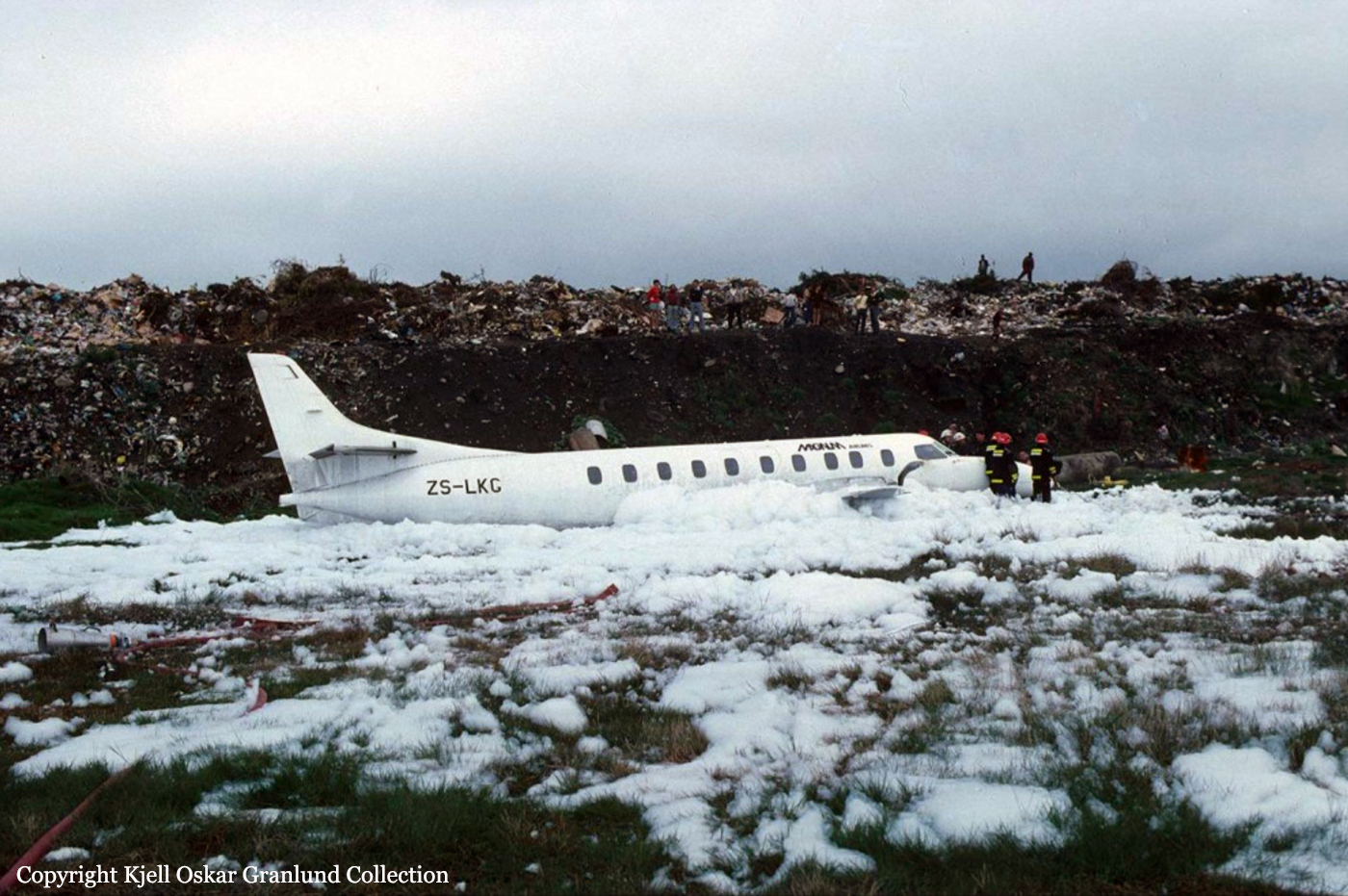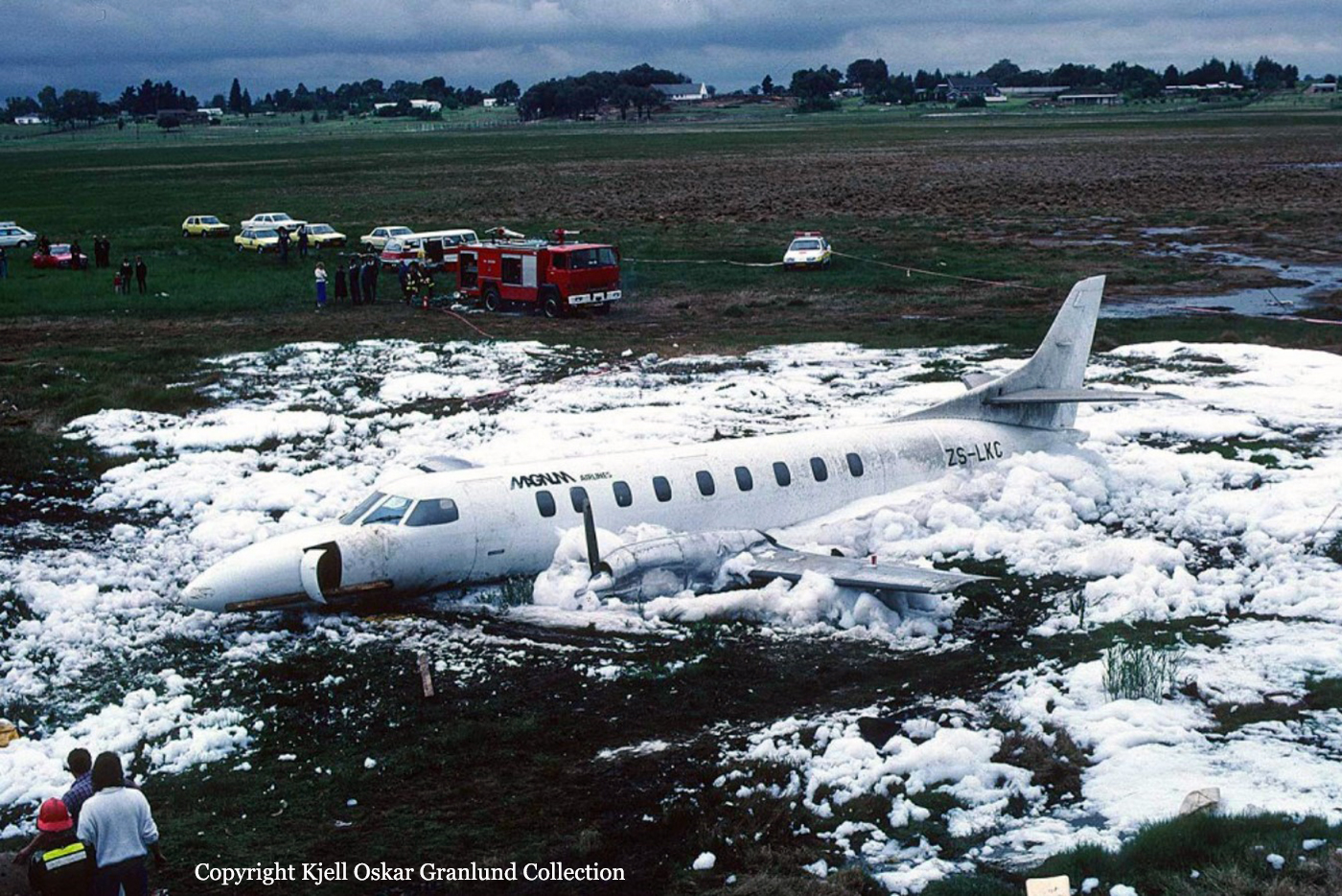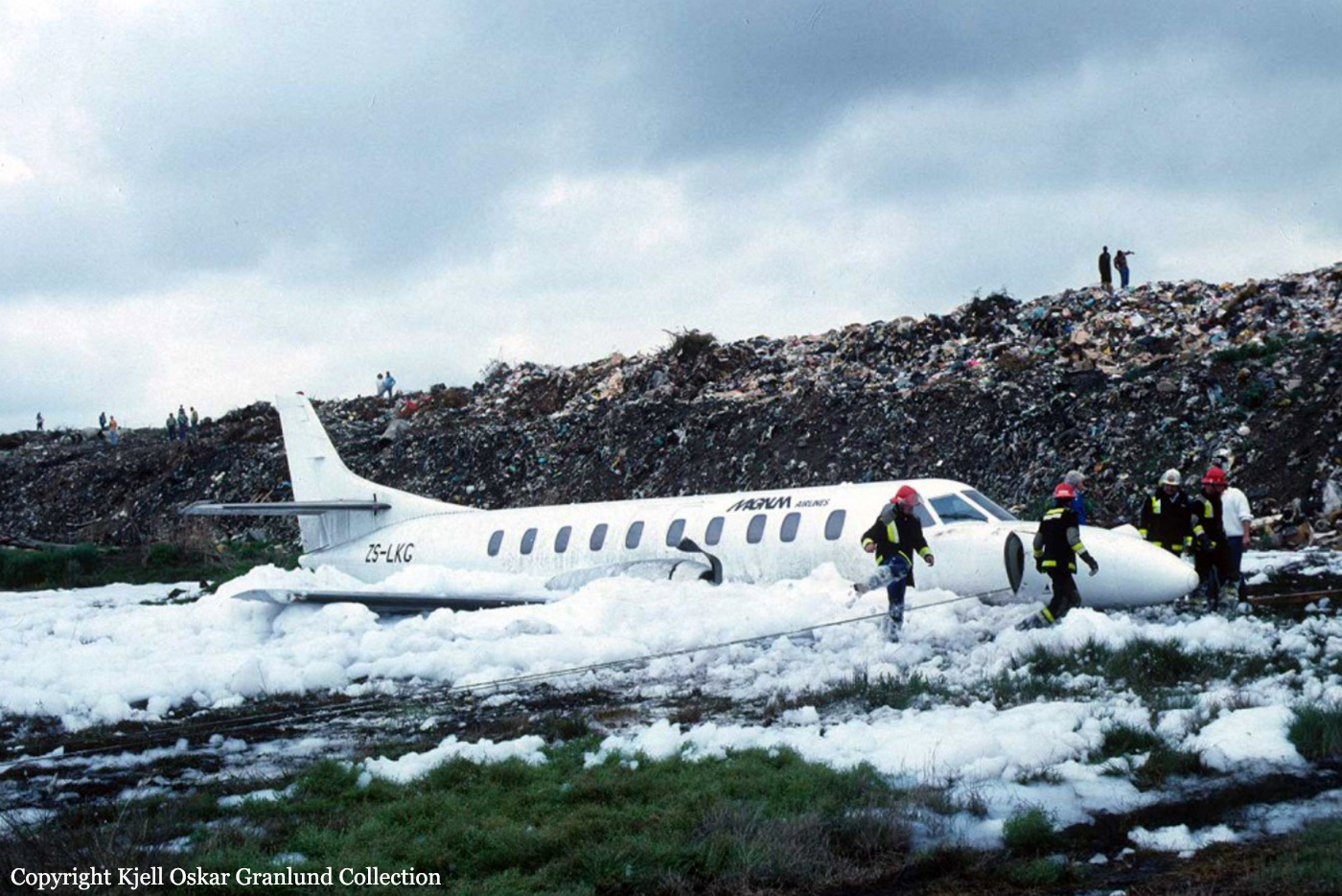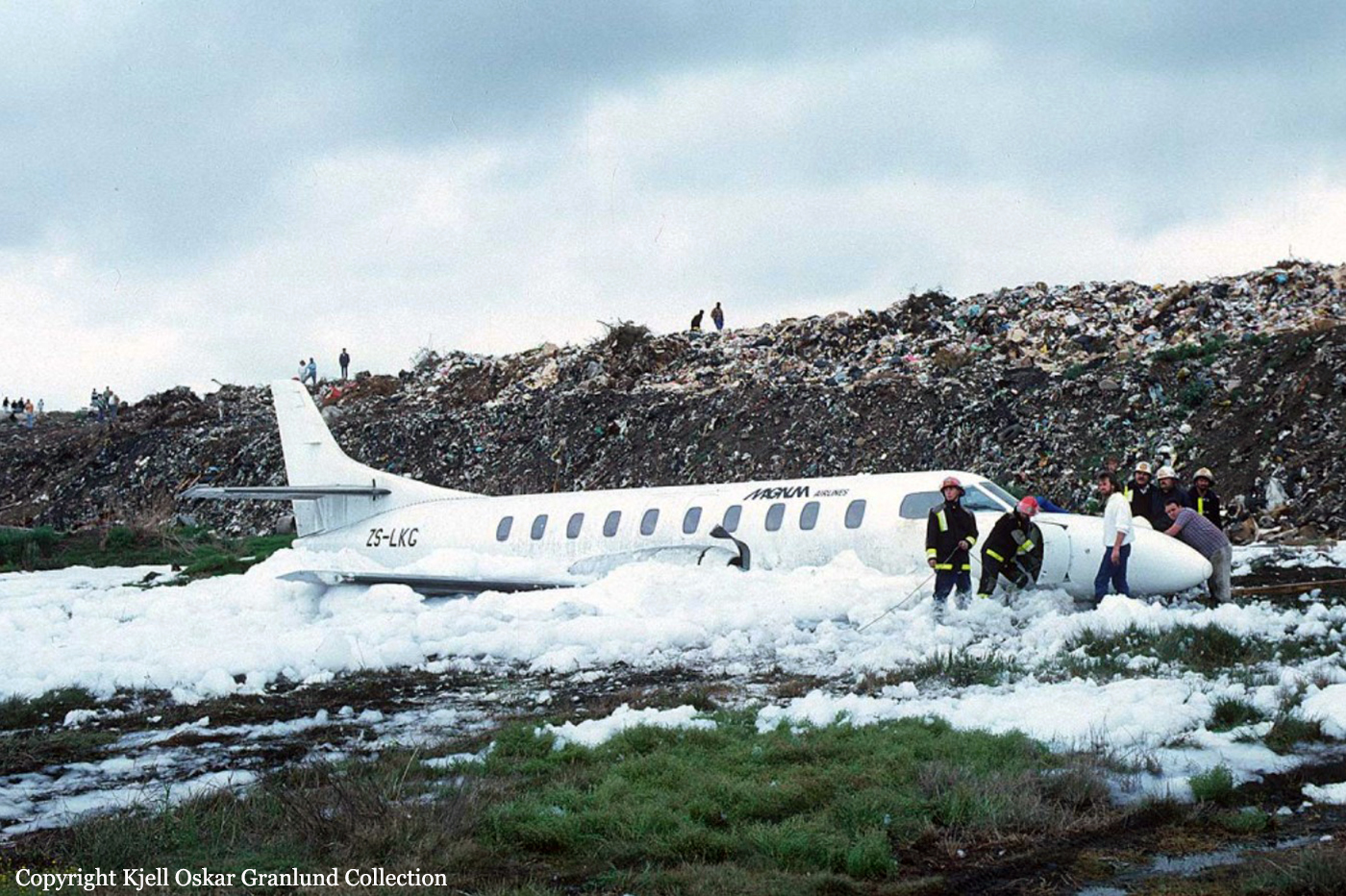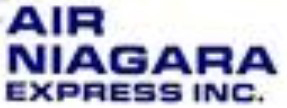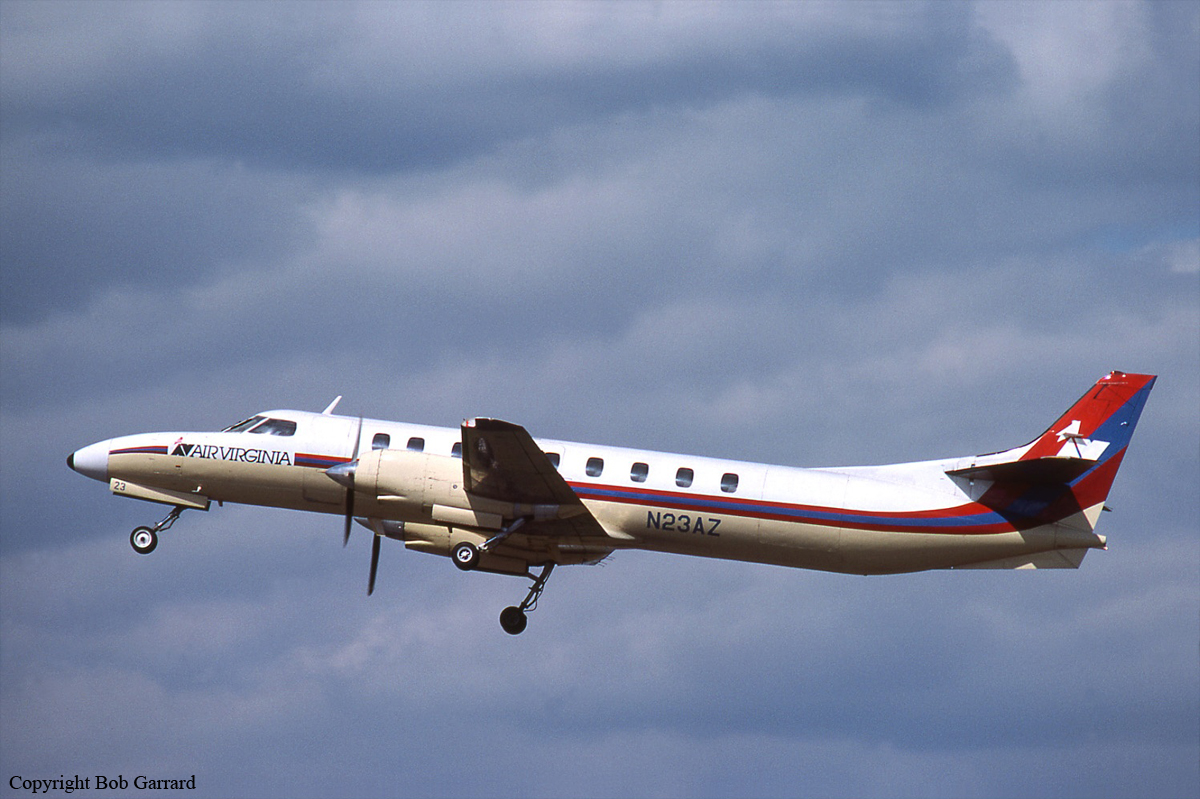Crash of a Swearingen SA226AC Metro II in Madrid
Date & Time:
Oct 19, 1993 at 2308 LT
Registration:
EC-FHB
Survivors:
Yes
Schedule:
Palma de Mallorca - Madrid
MSN:
TC-355
YOM:
1980
Crew on board:
2
Crew fatalities:
Pax on board:
0
Pax fatalities:
Other fatalities:
Total fatalities:
0
Circumstances:
Following an uneventful cargo flight from Palma de Mallorca, the crew started a night approach to Madrid-Barajas Airport. On final, the crew forgot to lower the gear and the aircraft landed on its belly and slid for few dozen metres before coming to rest. Both pilots escaped uninjured and the aircraft was damaged beyond repair.
Probable cause:
The crew failed to follow the approach check-list and to lower the gear, causing the aircraft to land on its belly. The alarm coupled to the undercarriage sounded in the cockpit but neither the pilot nor the copilot heard it and no corrective action was made. The crew was apparently distracted by heavy traffic.
